
By Ian Babelon
A new-old concept for proximity
“Are we there yet?” Parents may patiently nod to their children’s insistent nudges on a 20-minute journey to… somewhere. Quite rightly, researchers have asked: twenty minutes to what? The answer may well lie in the question.
At its core, the 20-minute neighbourhood provides practical design principles for placemaking. In a discussion of the perceived benefits and inconveniences of 20-minute neighbourhoods being consulted upon by the Scottish Government under the National Planning Framework (NPF4), Stefano Smith presents the approach as follows in the June 2023 issue of the SPEL journal:
“Local living and 20-minute neighbourhoods are urban planning concepts that aim to create communities where residents can access their daily needs within a 20-minute walk or bicycle ride from their homes”.
Easier said than done. 20-minute neighbourhoods, and their 15-minute siblings, have come under sharp scrutiny and criticism, even as they have been pursued as an opportunity to promote healthy post-lockdown recovery.
Related efforts have encouraged more green infrastructure, among which Natural England’s Green Infrastructure Framework, launched in January 2023. Quite ironically, regeneration, pedestrianisation, and gentrification have been some of the real or imagined woes associated with the intention to provide access to essential amenities and infrastructure to residents, wherever they may live. Reducing the need to travel and improving convenience could be unaffordable and increase traffic congestion. Fears have even been voiced over Big Brother-style surveillance that echo with traumatic memories of Covid-related lockdowns, standing in sharp contrast with the inclusive advocacy undercurrents of walkable neighbourhoods and local quality of life.
Despite the challenges, a survey by YouGov from March 2023 indicates a majority of Britons would be in favour of a 15-minute neighbourhood, citing a shortage in local amenities such as banks and GP surgeries. Challenges also revolve around promoting active mobility in the face of dependence on motorised transport, with related initiatives in Paris having proven contentious for many Parisians despite strong leadership, or the bumpy road that the ambitious Enjoy Waltham Forest programme has had to pedal through to gain traction.
Recent initiatives, such as in Birmingham, begin to reveal tentative recipes to combine the many ingredients that make a place complete in terms of mobility, blue-green infrastructure, food security, diet, public health, care, education, transport, local businesses, finance, well-being, low carbon energy-efficiency and overall resilience. A tall order indeed, and no small feat (all puns intended).
Stepping back, one can see proximity as a timeless set of design principles for complete places. From the city-states of Ancient Greece to the urban village of Montmartre in Paris, the 20-minute neighbourhood has evolved through time(s) and place(s) as a true chameleon. Related concepts have included New Urbanism, urban acupuncture and… placemaking itself.
In many ways, the movement has been a reaction against modernist, blueprint planning that redesigned cities and towns for cars at the relative expense of people and the environment. Precursors to placemaking include William H. Whyte and architect Jan Gehl, or even French thinker Henri Lefebvre who popularised the notion of Right to the City.
In a Swedish context, the design and planning of complete neighbourhoods rests on evidence-based sociotope mapping, which combines expert and resident knowledge about the use of places, as pioneered by Alexander Ståhle and colleagues at the City of Stockholm and planning consultancies.
Rich spatial data is essential to defining and putting 20-neighbourhoods on the map in the most literal sense. In the UK, the former Prince of Wales has also worked to (re)create complete communities and promote high-quality place design for several decades. Countless influences continue to shape the 20-minute neighbourhood principle.
Evidence-based placemaking is also tied to high design quality, architecture, and belonging, as highlighted in Planning for the Future white paper or Planning Policy Wales. Placemaking and design collectives in the UK have included the Place Alliance led by Matthew Carmona. Neighbourhood plans in England and Wales, and place plans in Scotland, have provided ways for communities to be involved in the planning process to help shape places, which may also coincide with establishing complete neighbourhoods.
Benefits also come at a cost and require trade-offs. As Stefano Smith highlights:
“Implementing the 20-minute neighbourhood concept may not be simple, and councils may face several barriers, including differences between urban and rural areas, as well as between new development and existing neighbourhoods.”
Placeholders for transformation
Beyond meeting essential needs, proximity can also enable serendipity and flânerie, where people enjoy places for their own sake. This intangible charm of places partly explains the popularity of touristic cities and towns across the world.
Complete neighbourhoods can also help reduce places’ heavy carbon debt. From strategic policy-making to design codes, town planning can positively shape local quality of life in conjunction with neighbourhood retrofits and health-driven place-based partnerships. As a timeless principle.
Beyond the concept, 20-minute neighbourhoods are like the individuals in John Donne’s 16th Meditation, that postulates that “No man is an island, entire of itself”. Space travels and pervades places via people, goods, infrastructure, and services, where shortages thereof can indicate severe inequalities. The complex interdependencies that underpin inclusive places therefore make it clear that one must also consider the spaces between them to foster collective belonging and resilience.
As a scalable concept, placemaking could help ensure nothing is ever too far for anyone to enjoy as urbanely as possible.
The next post in this series will investigate a handful of 20-minute neighbourhoods as food for practical thought.
Ian Babelon is a UX Researcher in Idox.
Photo by Matt Seymour on Unsplash
Further reading from The Knowledge Exchange blog
Going Further
TCPA: relevant guide (2021) and special issue on the TCPA journal
Placemaking Europe toolkit: The Toolbox – Placemaking Europe (placemaking-europe.eu)
Sociotope mapping when you have little data: Land | Free Full-Text | Creating a Map of the Social Functions of Urban Green Spaces in a City with Poor Availability of Spatial Data: A Sociotope for Lodz (mdpi.com)





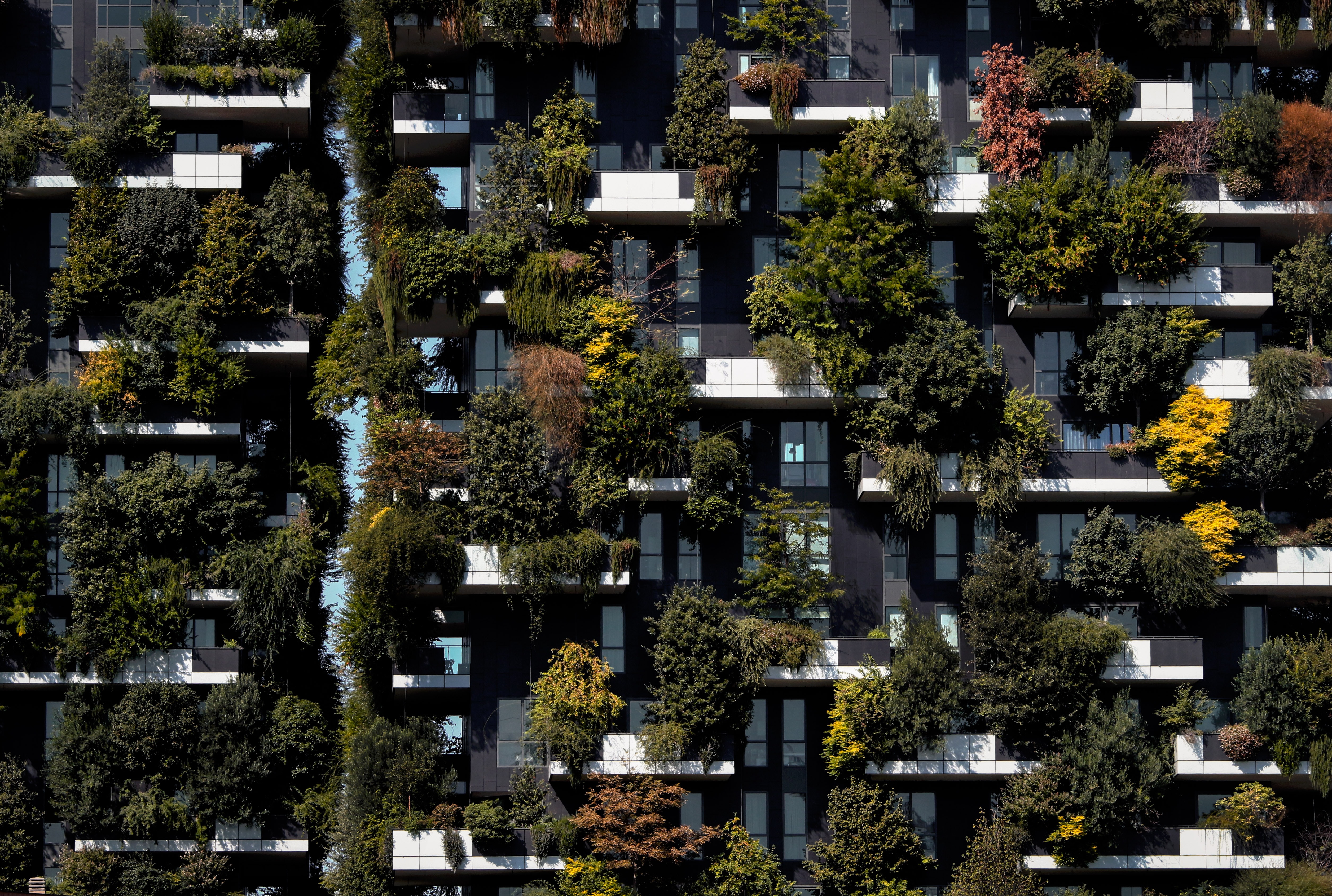

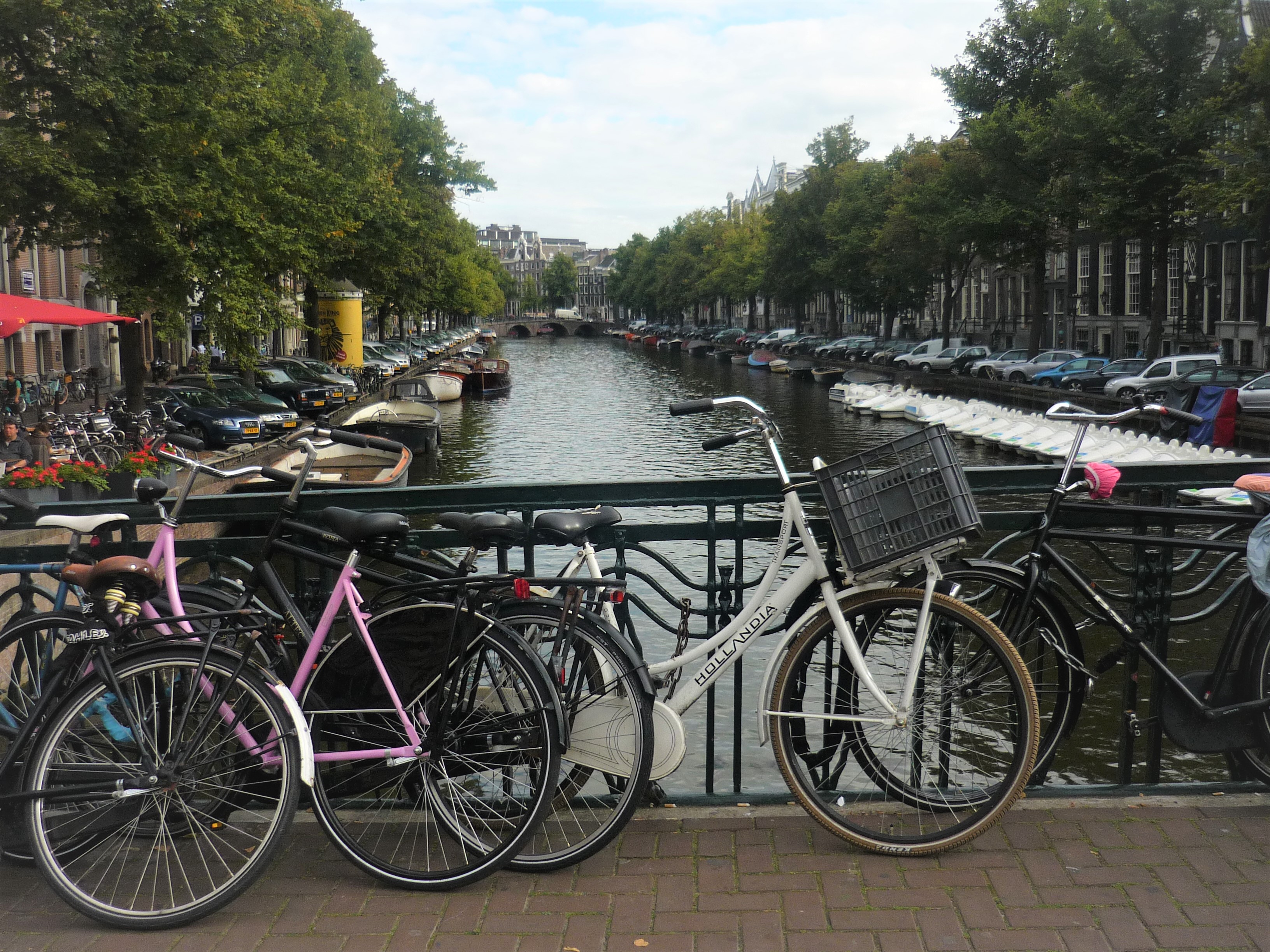

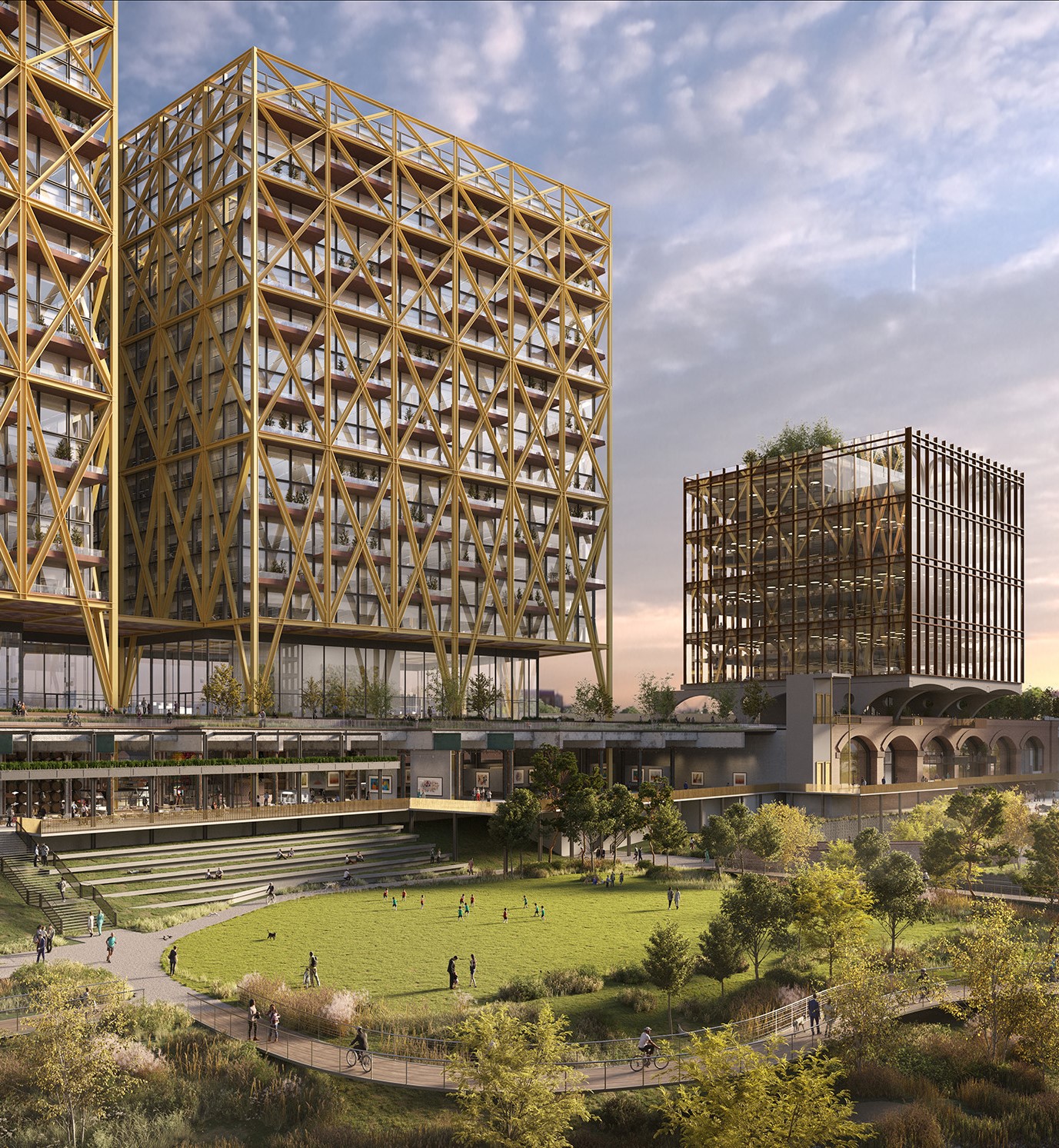
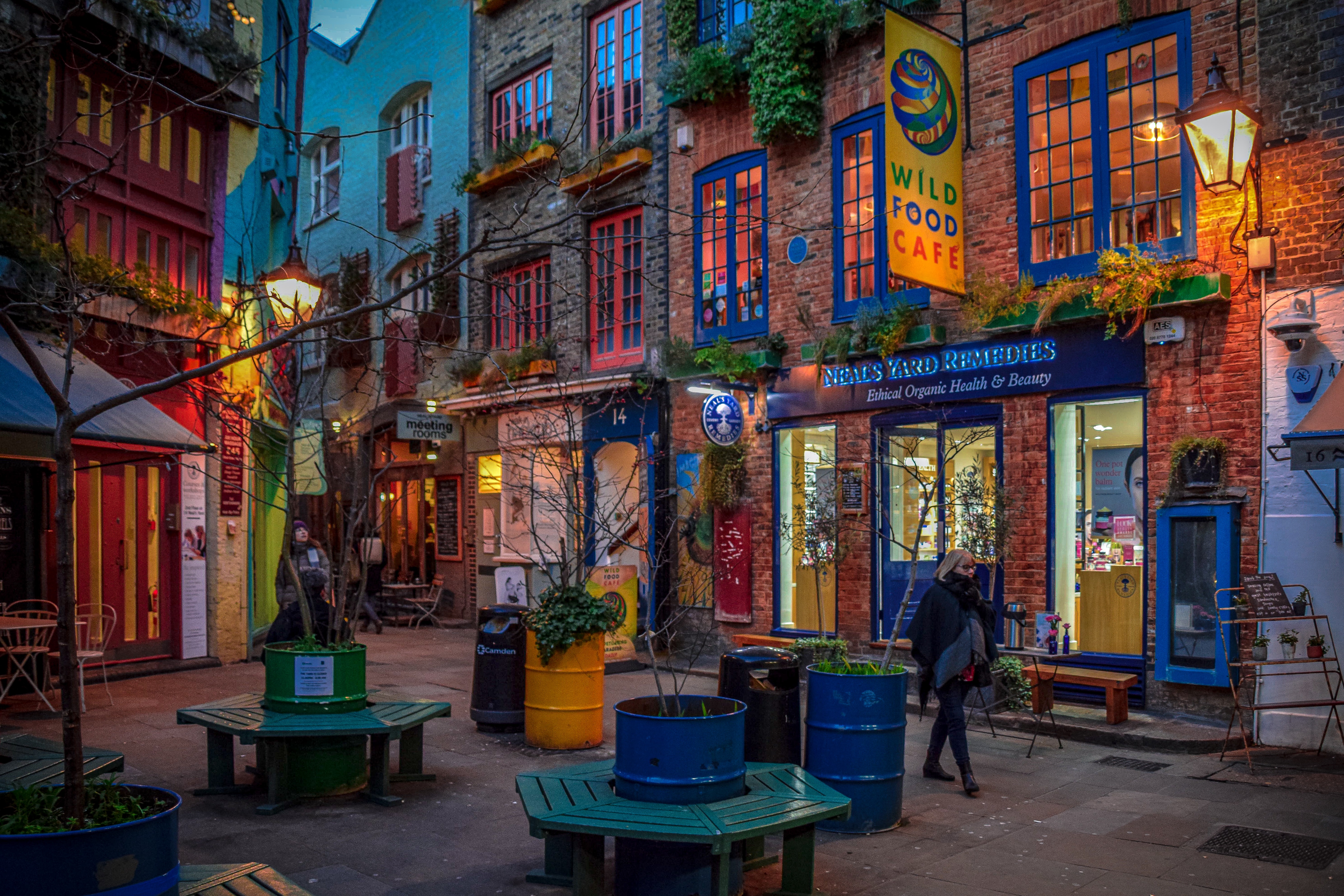
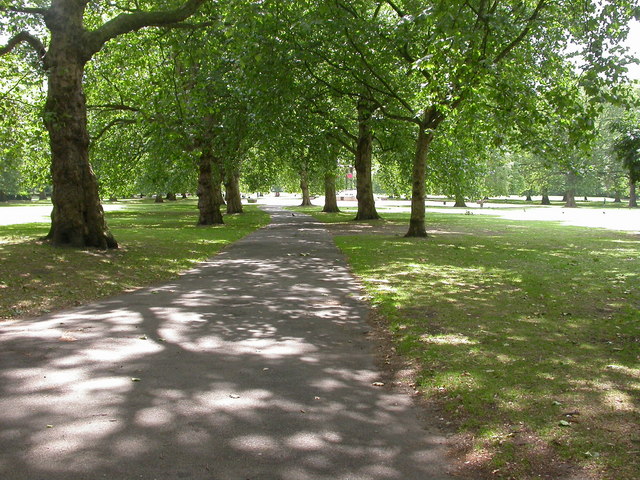


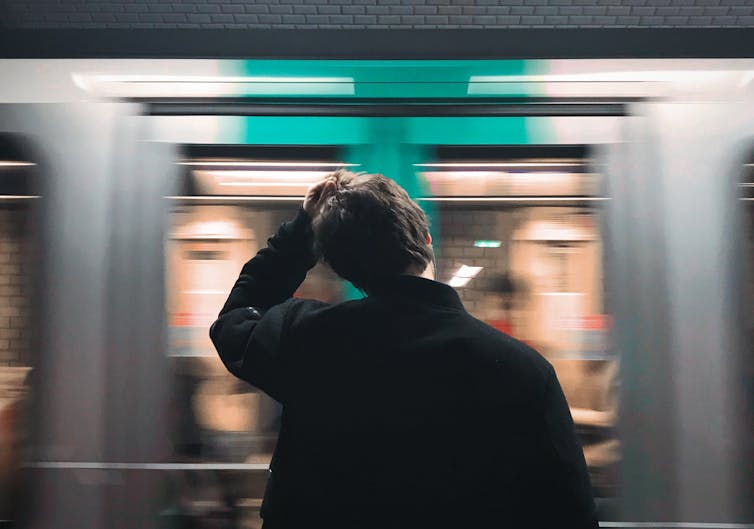

You must be logged in to post a comment.